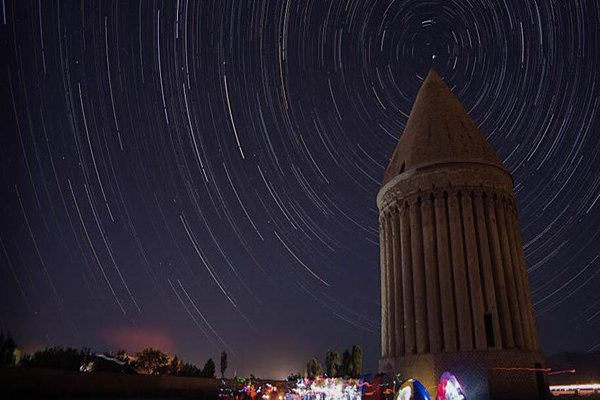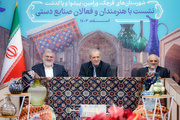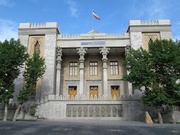Iran is no exception, a country full of historical sites and natural sights, which could be any tourist’s choice for a memorable and special trip, full of unique experiences.
However, amongst different branches of tourism, astronomical tourism seems neglected, considering that the country is home to wide deserts in its central lands including UNESCO-tagged Lut Dessert.
Astronomical tourism represents a less-studied segment of sustainable tourism, where a dark night sky is an underlying resource, and this branch of tourism could lead to sustainable development in rural areas.
Modern life, never-sleeping cities, air pollution, and industrial dust have ruined the human experience of starry velvet nights our ancestors used to praise. In modern cities, the chance to see a sky full of stars is rare, but there are some places in the world, which are still safe from human reach.
Illuminated only by the stars and having a clear sky, Iranian deserts are dream places for astronomy enthusiasts and sky lovers to experience dark night observatories.
But it seems such capacity in these places have been ignored by the tourism officials as they considered tourism attractions to be limited to historical monuments or forests and the sea.
Although the travelers choose these destinations for their astronomical interests, they could kill two birds with one stone, experiencing a cultural trip as well, considering various tourist attractions scattered across the country as well as variety in the culture and traditions among the people living in Iran.
They can also enjoy an adventure that will take them through a natural and wild sandy landscape under a crystal clear-blue sunny sky along the dunes. They may be lucky enough to bump into rare local species, experience camel riding and the famous silence of the desert.
Sharing excitement and rejoice of observation with others, night fire gathering with Iranian traditional musical instruments playing and old Iranian poems reciting, and tasting traditional Iranian cuisine, all are among the unique experiences they can have through their adventures in the heart of Iranian deserts.
The travelers have the chance to purely feel the world-famous Iranian hospitality while staying in the suitable eco-lodges provided for tourists, who are willing to stay in the desert.
The country is also home to several historical caravanserais hosting astronomical tourists from ancient eras to the present, which are restored and facilitated to receive guests.
The astronomy has a long and rich history among Iranians. Stars have fascinated humans for ages, while some have worshiped them Iranians have studied them and there are world-renowned Iranian scientists in this field such as Nasir ad-Din Tusi, who was the founder of Maragheh observatory, an astronomical observatory established in 1259, with a library, which is said at one time to have held over 400,000 volumes of literature related to astronomy and astrology.
Some countries in the world have used their regional potentials to develop the tourism industry in this particular field and have been able to introduce themselves as an attractive destination for astronomy tours.
For several years, Chile has been able to become a leader in astronomical tourism by focusing on this type of tourism. Countries such as Canada, Sweden, Russia, India, and China have also been successful in this industry, and many tourists from all over the world travel to these countries every year.
First Published in Tehran Times

























Your Comment